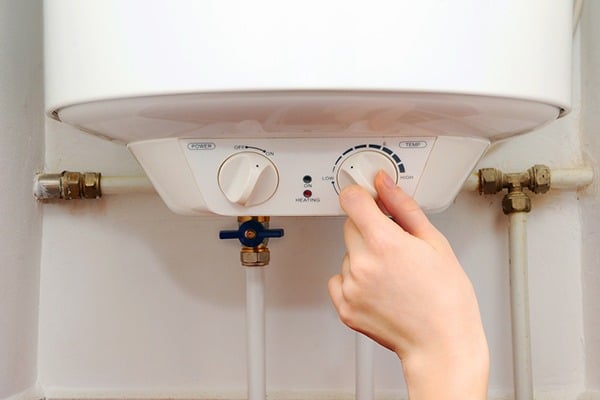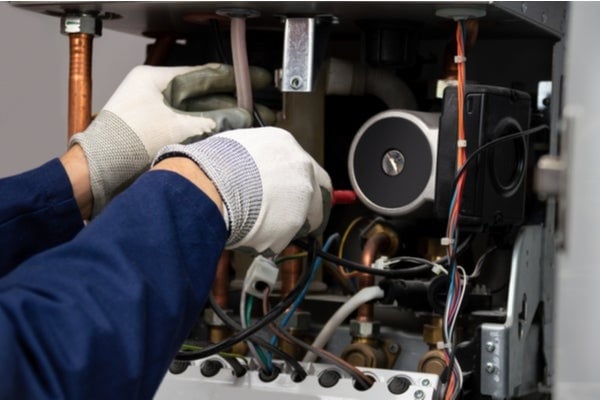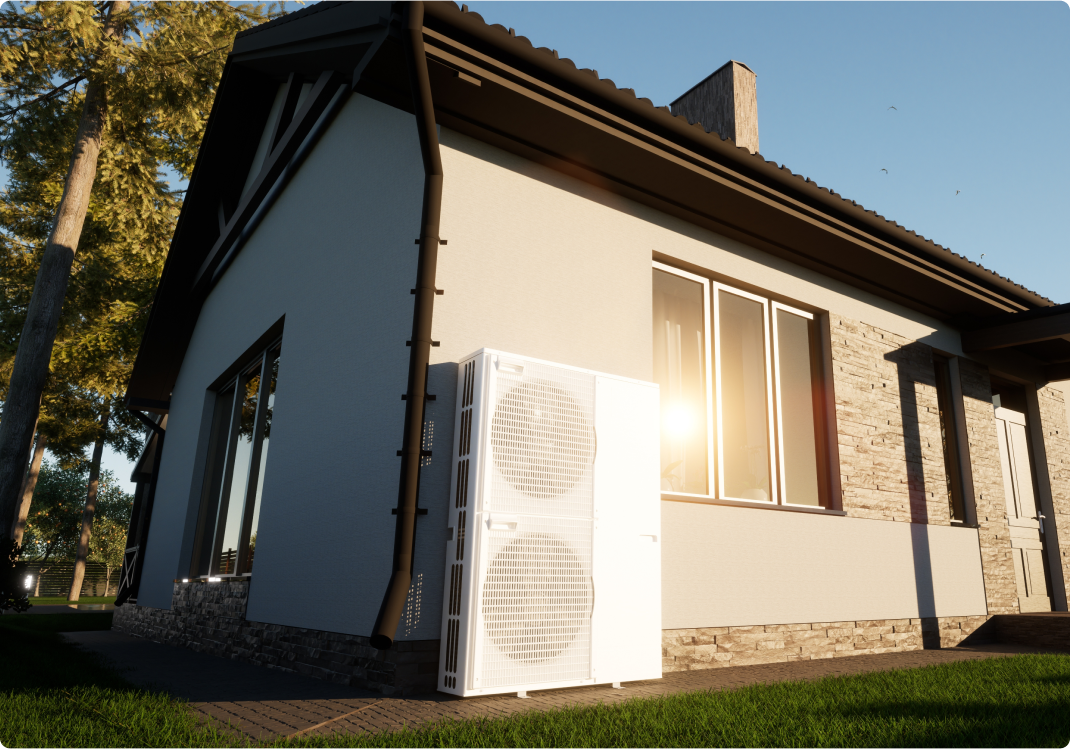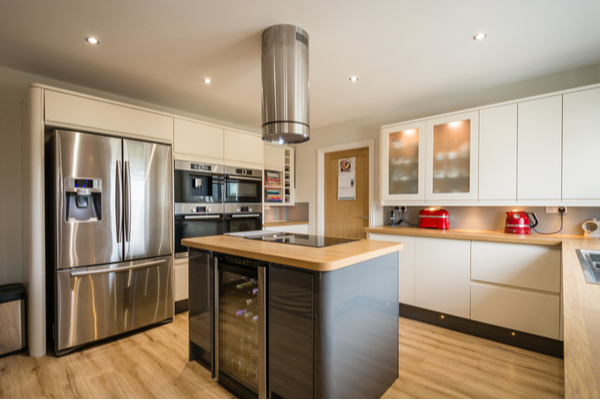Does your home have a boiler? If so, do you know what type of boiler it is? Learn how a steam heat boiler differs from forced air boilers and how each type affects energy efficiency.
Many modern homes use different types of boilers to heat water and distribute steam, hot water, or warm air to heat the residence. If your home uses a boiler heating system, you’ll want to make sure it’s in good working condition before the coldest winter months arrive. To help you get ready, we're going to touch on each type of home boiler and provide some maintenance tips to help keep your system running efficiently this winter—and throughout the year.
But first, let’s understand the differences between a furnace and a boiler. While many people refer to any system that heats their home as a furnace, the two are different. The main difference is that a furnace heats air and uses ductwork to circulate that air through your home. Generally, a boiler heats water that moves either water or steam through copper pipes to keep your home warm and comfortable via a boiler radiator; some boilers use a combination of heated water and air and both copper tubing and ductwork.
Steam and Water Heating Systems
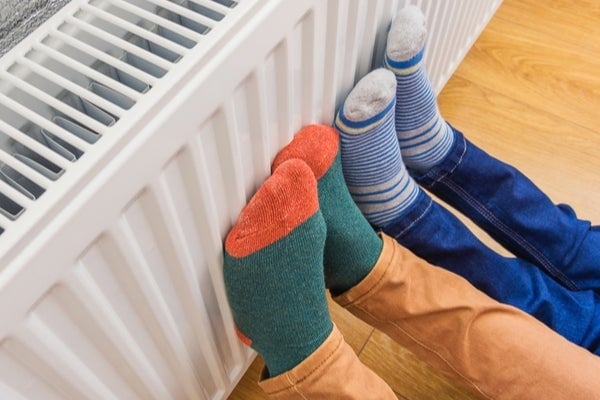
Home boiler systems and radiators aren’t typically installed in new homes, but this type of system is still used in many older homes, apartments, multifamily dwellings, and older office buildings.
In steam heat boiler systems, a boiler heats water, usually by means of gas or fuel oil, and turns it into steam. The steam travels through pipes to radiators or convectors, which give off heat and warm the rooms in your house. As the steam cools, it condenses back into water and returns to the boiler to be heated again.
Hot water boiler systems operate on the same principle, pumping hot water through the system to heat the boiler radiators. A variation of this system distributes hot water and heat through tubing embedded in the floor or through baseboard units mounted along the walls.
Advantages
Even though these steam and water systems are somewhat dated, they have several advantages:
- They have fewer moving parts, and if properly maintained, steam and hot water boiler systems are more durable and reliable than newer, more complicated heating systems.
- They provide clean, dust-free heat—a huge advantage if family members suffer from dust and other allergens in the air.
- They help maintain the original appearance and ambiance of historical homes and buildings.
Disadvantages
- Heat distribution is often inefficient and uneven.
- Though they have fewer moving parts, they require diligent gas boiler maintenance to last.
- Installation of embedded tubing in floors is expensive, and access to the tubing is difficult if problems develop.
- Baseboard units must remain unobstructed, which can create issues with furniture placement and drape design.
